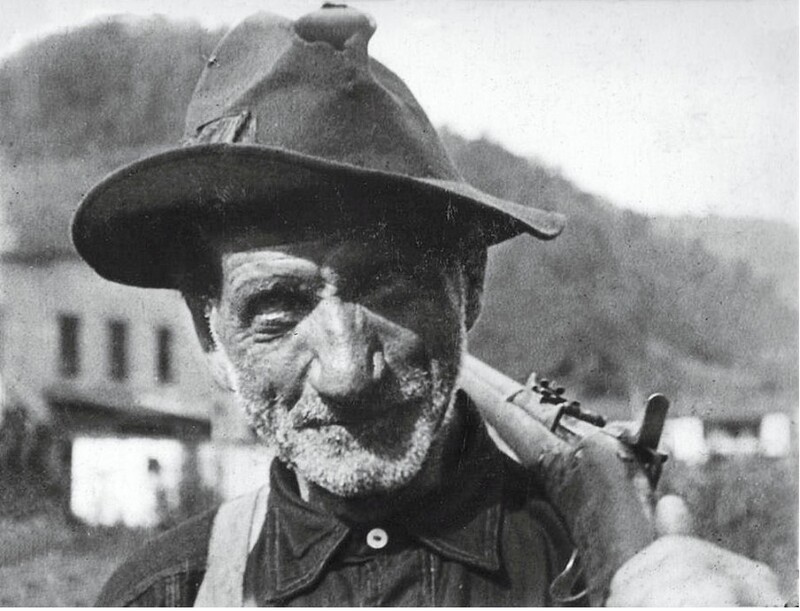The Battle
A lone miner bears his rifle as he stands in defiance to treatment beneath the standards bargained for by the UMW. It is reasonable to believe that such miners sought the freedoms that were afforded elsewhere, such as the freedom of speech and assembly and the dignity with organized labor. However, in places like Logan and Mingo county they were suppressed by the likes of deputies and law enforcement; Led by Sheriff of Logan County, Don Chafin, they were successful at controlling the area and keeping out union advocates.
The Battle of Blair Mountain was underway as more men organized and picked up their rifles. The miners clashed with the Baldwin-Felts Agency as the beginning was noted around August 25, 1921. The sitting U.S. President, Warren G. Harding, had sent federal troops to aid the state of West Virginia. The news circulated that the federal troops had come and the battle was ceased after the arrival of federal troops on September 2.
Many of the miners would not fight them because these men were veterans from World War I. The battle was viewed as a catastrophic defeat by the UMW and would not yield anything substantial to the plight of the miner. Not until Franklin D. Roosevelt would legislation pass and allow the UMW to revamp themselves and rethink their strategy to get law on the side of labor.
- The Washington Times. 1 September 1921. Battle of Blair Mountain – Wikipedia. https://en.wikipedia.org/wiki/Battle_of_Blair_Mountain.
